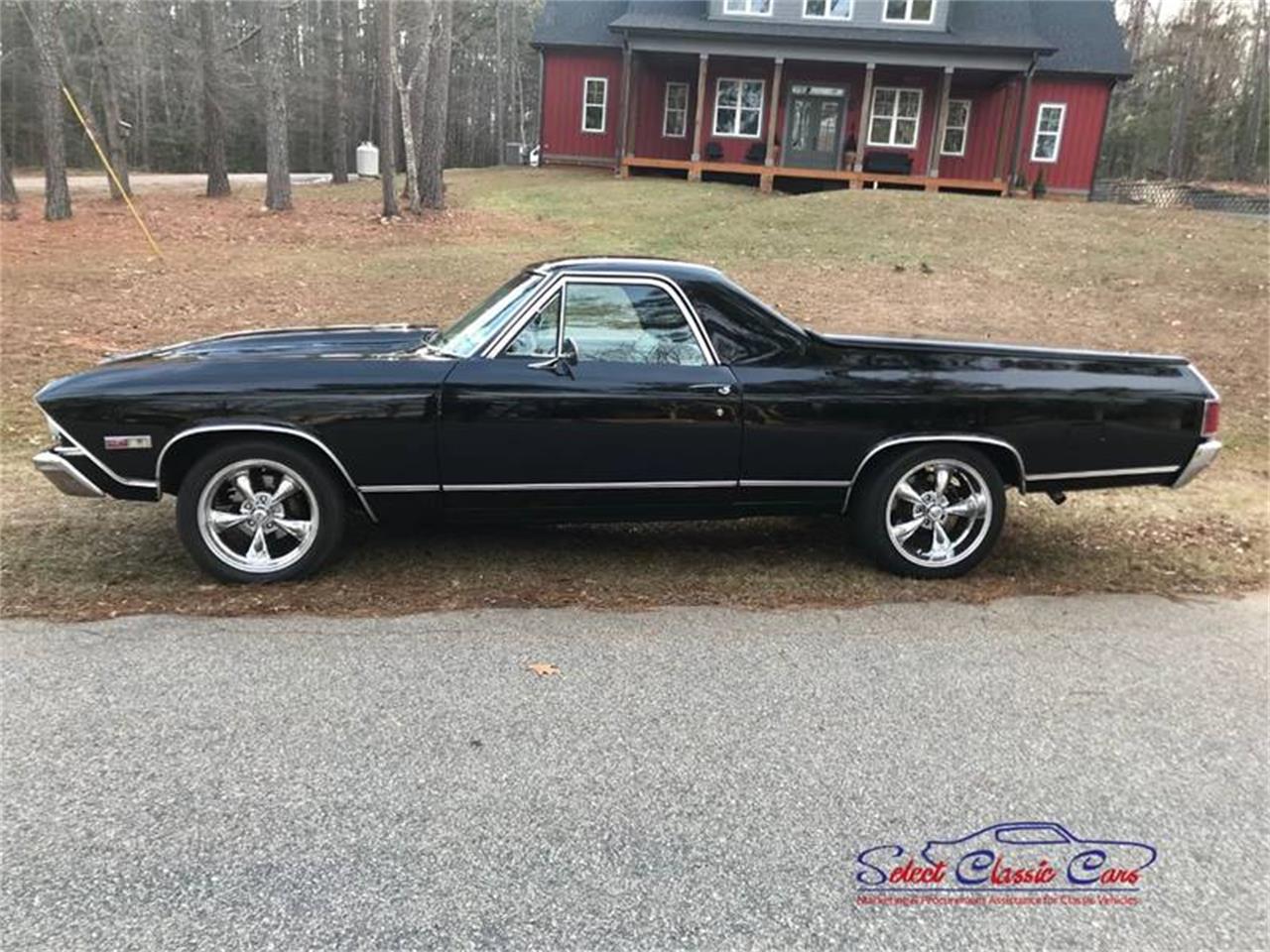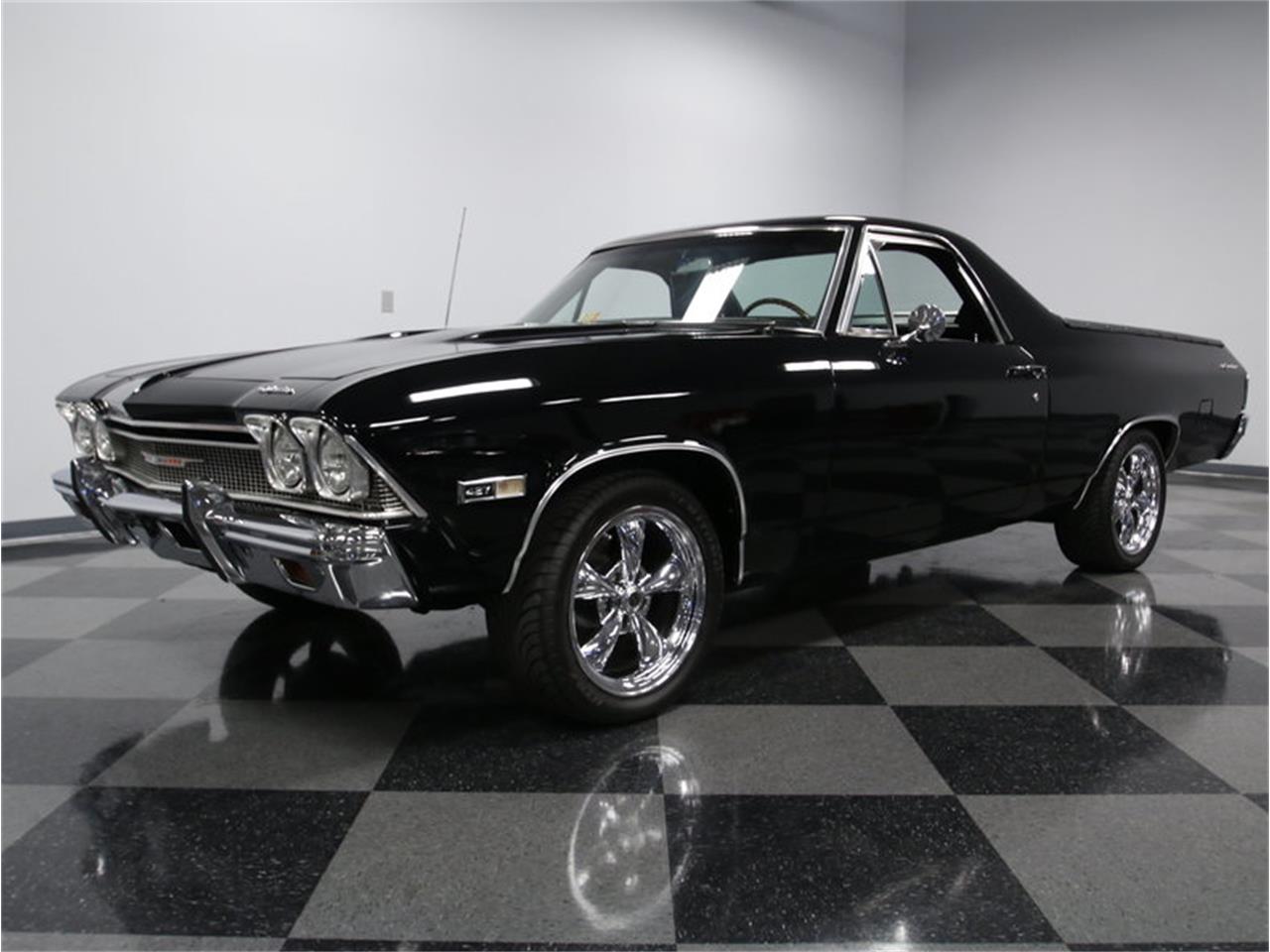

At the bottom of the power spectrum were two six-cylinder engine options: the base 230 CID version and a 250 CID option.Īt the top of the performance heap was the aforementioned 454 CID V8 which was new to the Chevy lineup that year. This was probably due to the fact that Chevy’s 350 CID V8 began being used in El Caminos the previous year, and produced 300 horsepower.


Actual power output, however, did not change.įormerly, there had been three versions of the 396 rated at 325, 350 and 375 horsepower, but the 325-horsepower model had been discontinued for 1970. The first is that though the two versions of the 396 CID V8 still included the SS396 emblems, the engine had actually increased in size to 402 CID to accommodate some tweaks to meet new emissions standards. Though engine options didn’t change much from the previous year, there were a few notable differences. Inside, the interior was revamped to provide more comfort features to the driver. The most noticeable difference is the squared up design of the new cars. The El Camino was based on the platform of the Chevelle sedan and wagon, and so the changes to the 1970 El Camino reflect the changes made to the 1970 Chevelle. The 1969 El Camino had new bumpers and other small changes, and the 1970 models were distinct from either of the other two year models of the ongoing third-generation.
#1968 el camino ss 427 update#
But when the third-generation models came out in 1968, Chevy seemed a little more willing to continuously update the car. The second-generation El Caminos, which were introduced in 1964 and lasted through the 1967 model year changed very little throughout the course of its lifespan.


 0 kommentar(er)
0 kommentar(er)
